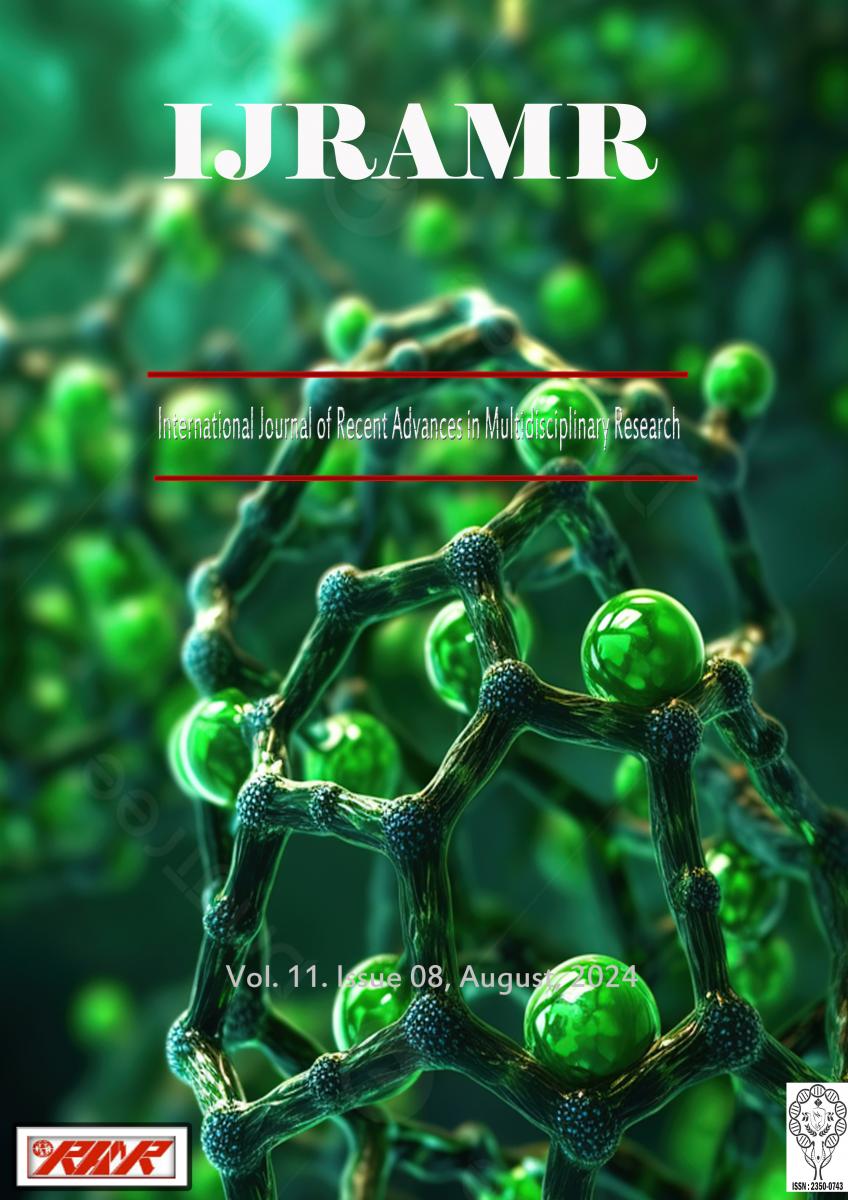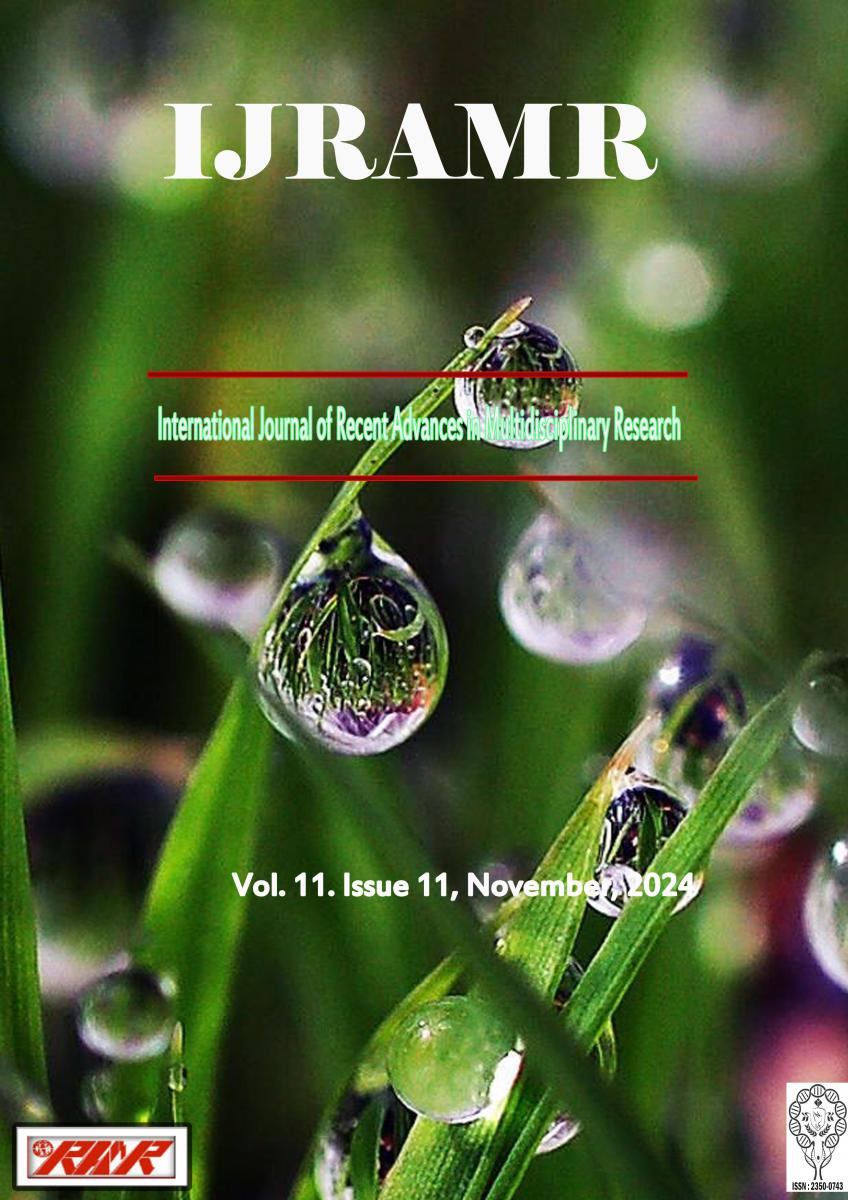Kallmann syndrome is a rare sporadic and inherited chromosomal disorder, resulting in olfactogenital dysplasia. Embryonic olfactory epithelium gives rise to cells that differentiate into GnRH secreting neurons. These GnRH neurons which originate in the olfactory placode (i.e. the early developing nose); then migrate along the fetal olfactory neurons that also originate in the nose; and eventually enter the brain ultimately finding their way to the hypothalamus. In KS, there is Failed neuronal migration from olfactory placode to the hypothalamus. An 18-year-old male presented to the OPD with complaints of not attaining secondary sexual characteristics along with absence of sense of smell. Further investigations (USG, hormone panel, MRI brain) were performed and he was diagnosed to have kallmann syndrome and treatment with monthly intramuscular testosterone was started.






